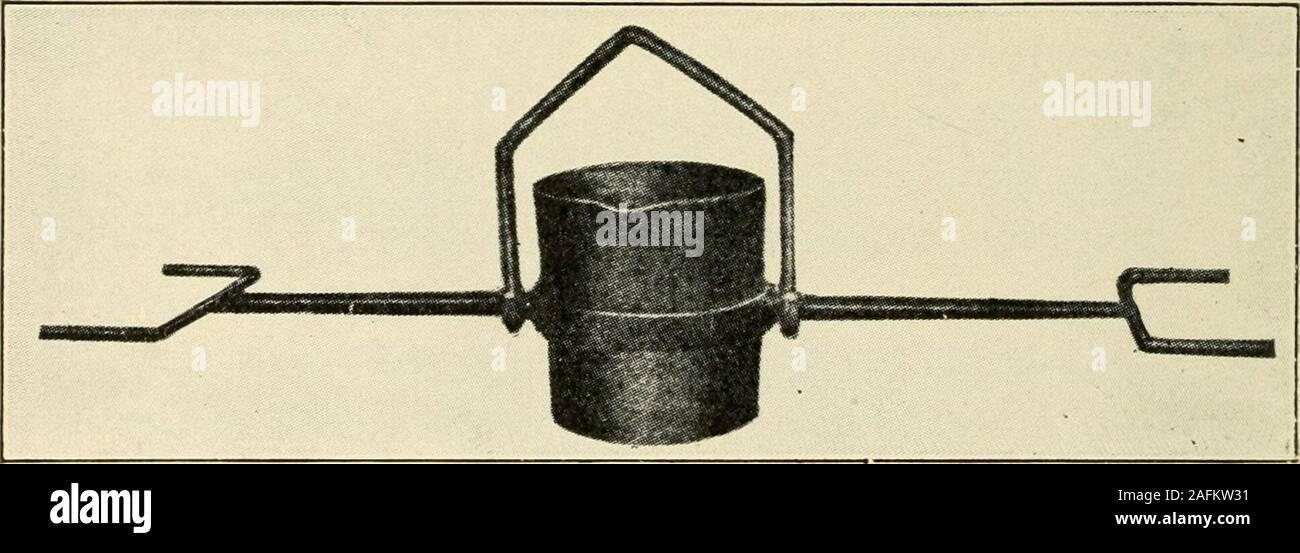. Foundry practice; a treatise on molding and casting in their various details. Fig. 8i. the ladles. All the operations in the furnace are con-ducted through the openings or peep holes, and are per-formed as quickly as possible to avoid keeping the holesopen longer than absolutely necessary.. Fig. 82. The vessels in which the molten iron is handled arecalled ladles. They are generally divided into fourclasses. Hand ladles shown in Fig. 81 are handled bvone man and hold up to 50 pounds of iron. The bullladles are those having a double shank and are carried bytwo or more men. Such a ladle is sho

Image details
Contributor:
The Reading Room / Alamy Stock PhotoImage ID:
2AFKW31File size:
7.1 MB (366.2 KB Compressed download)Releases:
Model - no | Property - noDo I need a release?Dimensions:
2647 x 944 px | 22.4 x 8 cm | 8.8 x 3.1 inches | 300dpiMore information:
This image is a public domain image, which means either that copyright has expired in the image or the copyright holder has waived their copyright. Alamy charges you a fee for access to the high resolution copy of the image.
This image could have imperfections as it’s either historical or reportage.
. Foundry practice; a treatise on molding and casting in their various details. Fig. 8i. the ladles. All the operations in the furnace are con-ducted through the openings or peep holes, and are per-formed as quickly as possible to avoid keeping the holesopen longer than absolutely necessary.. Fig. 82. The vessels in which the molten iron is handled arecalled ladles. They are generally divided into fourclasses. Hand ladles shown in Fig. 81 are handled bvone man and hold up to 50 pounds of iron. The bullladles are those having a double shank and are carried bytwo or more men. Such a ladle is shown in Fig. 82 CUPOLAS, BLOWERS, AND MELTING FURNACES 167 with the bail removed, or, similarly in Fig. in, havingthe straight shank on one side. These ladles hold from75 to 350 pounds of iron. The crane ladles are all thosehandled by use of the crane. There are two generaltypes, those having the fixed shank with bail, as in Fig.82, and those having the gearing, as in Fig. 83. Thefourth type of ladle is used only in special places where